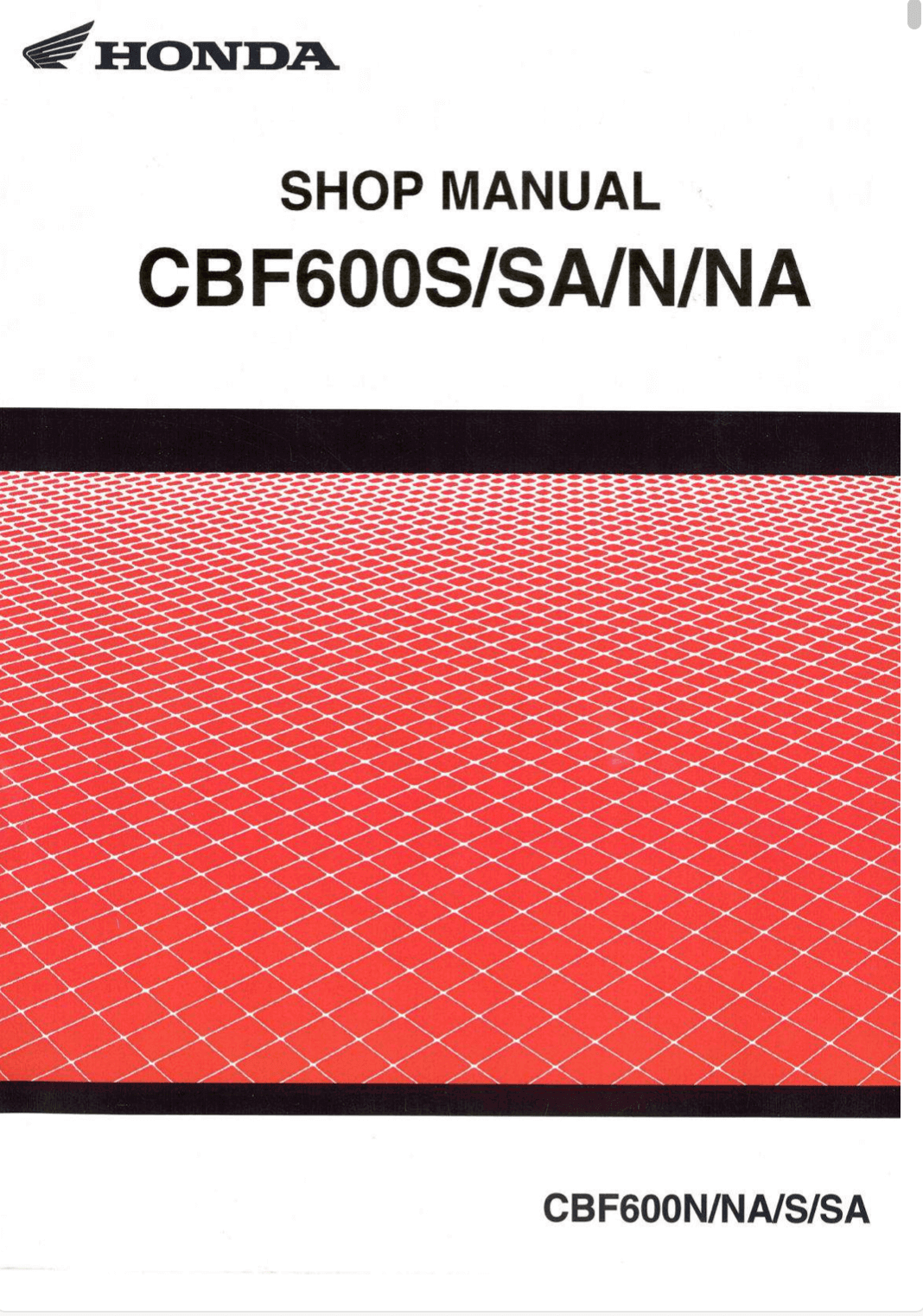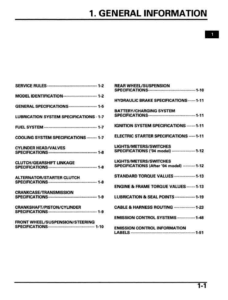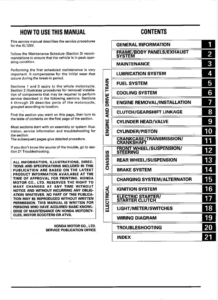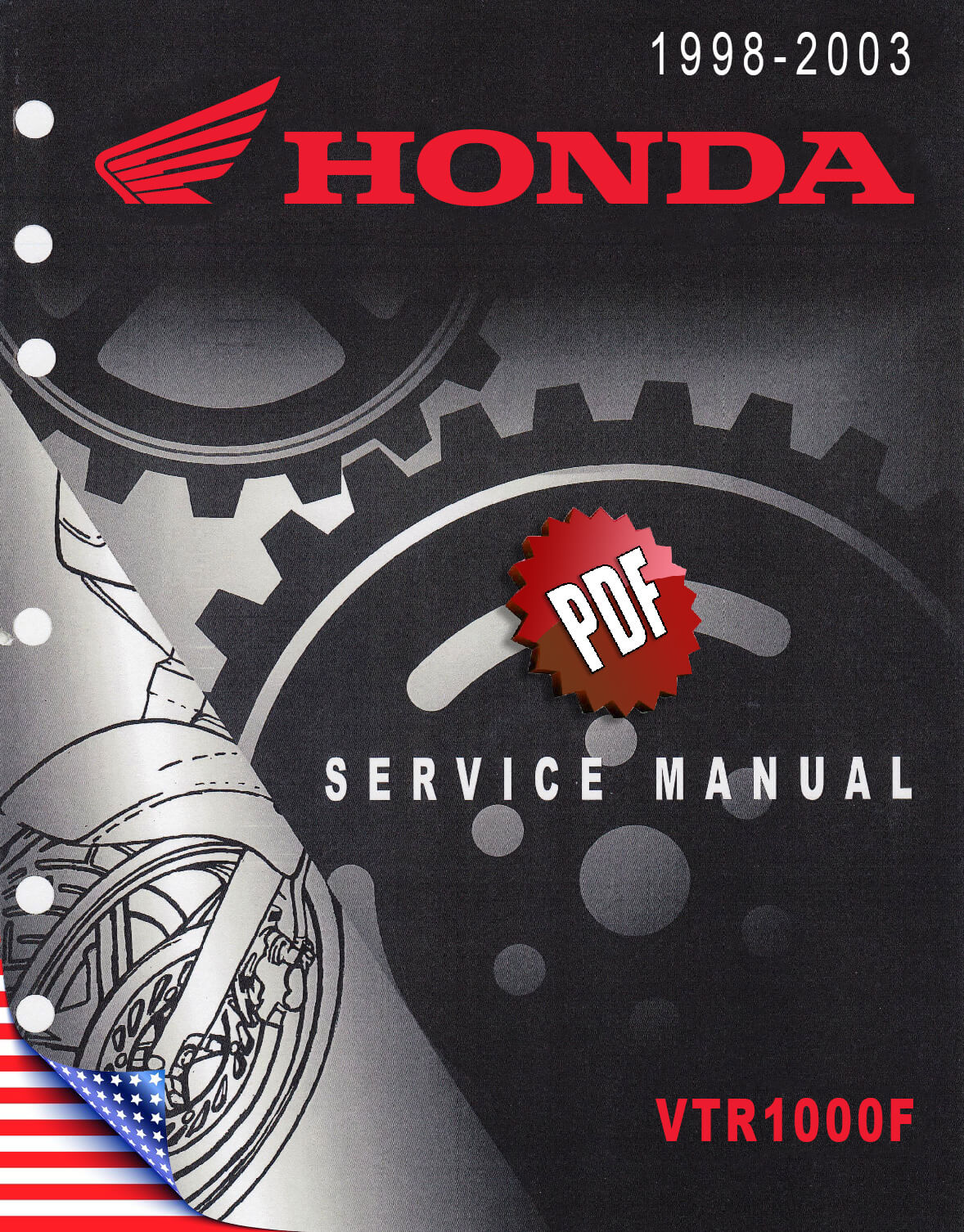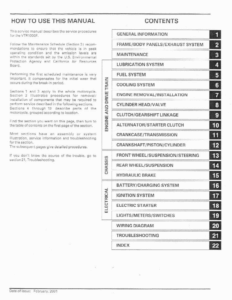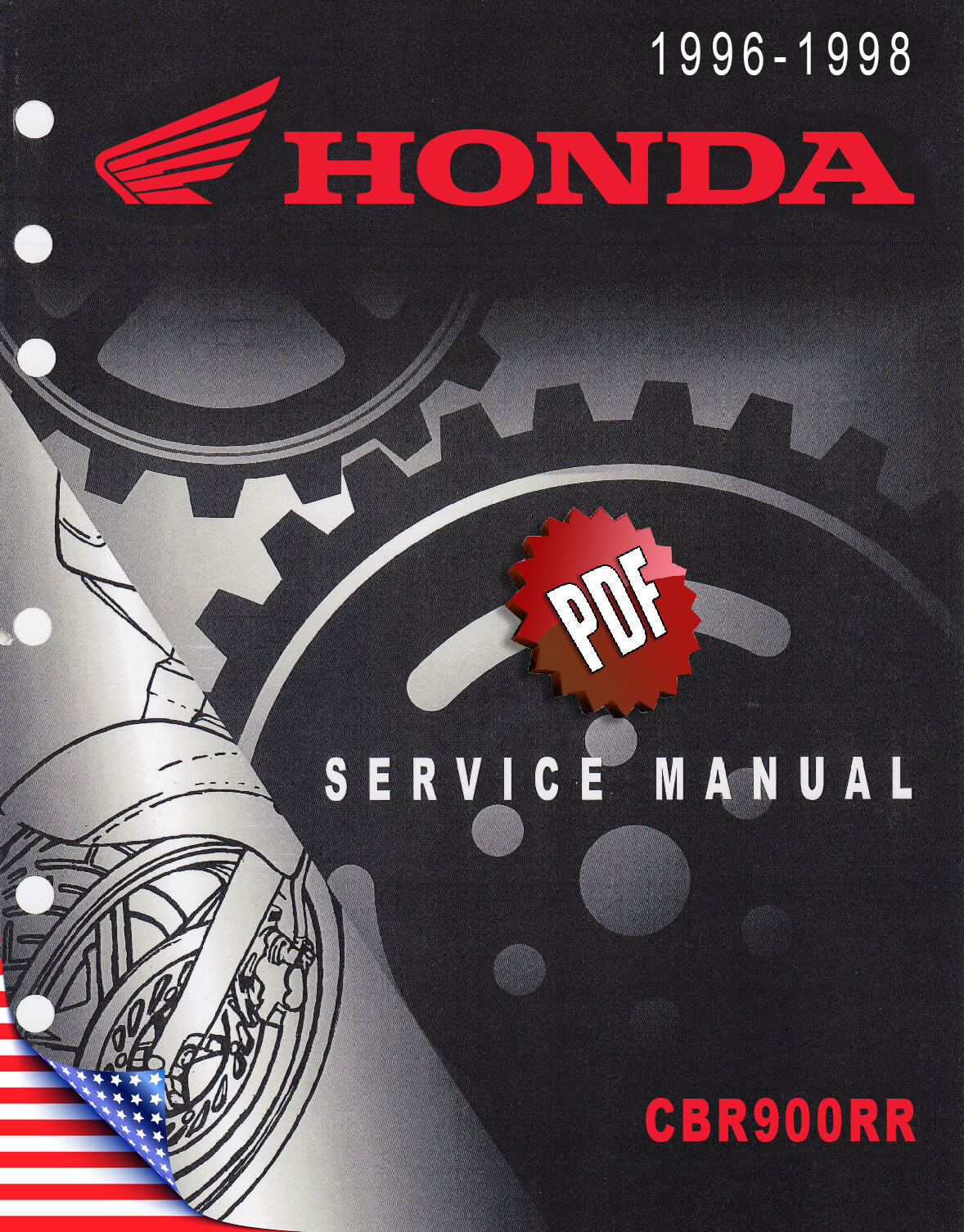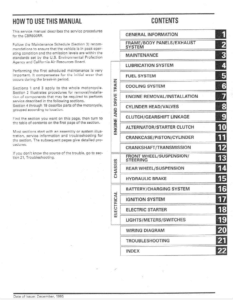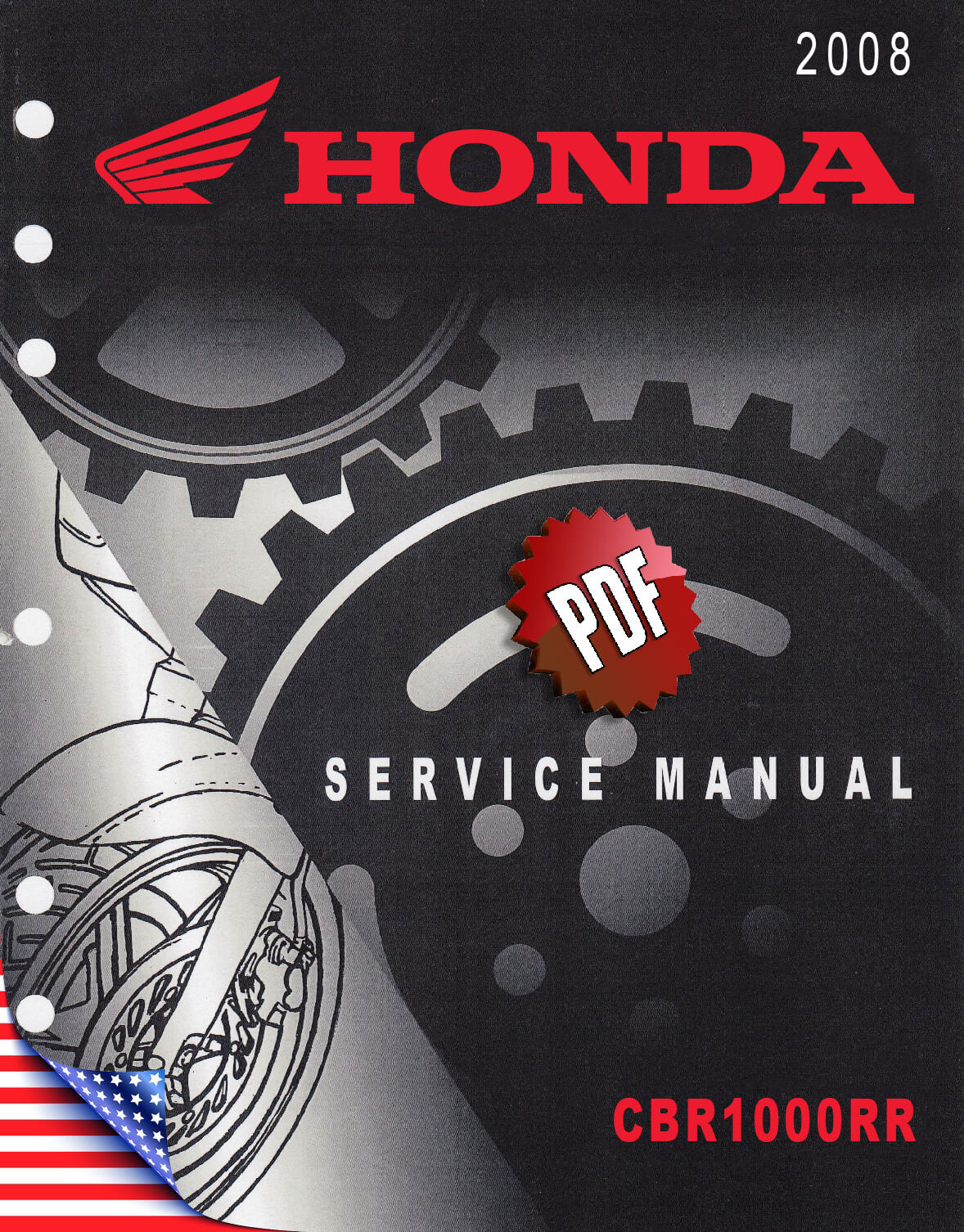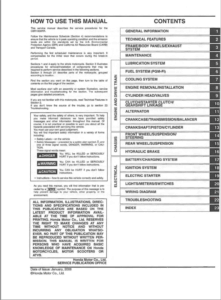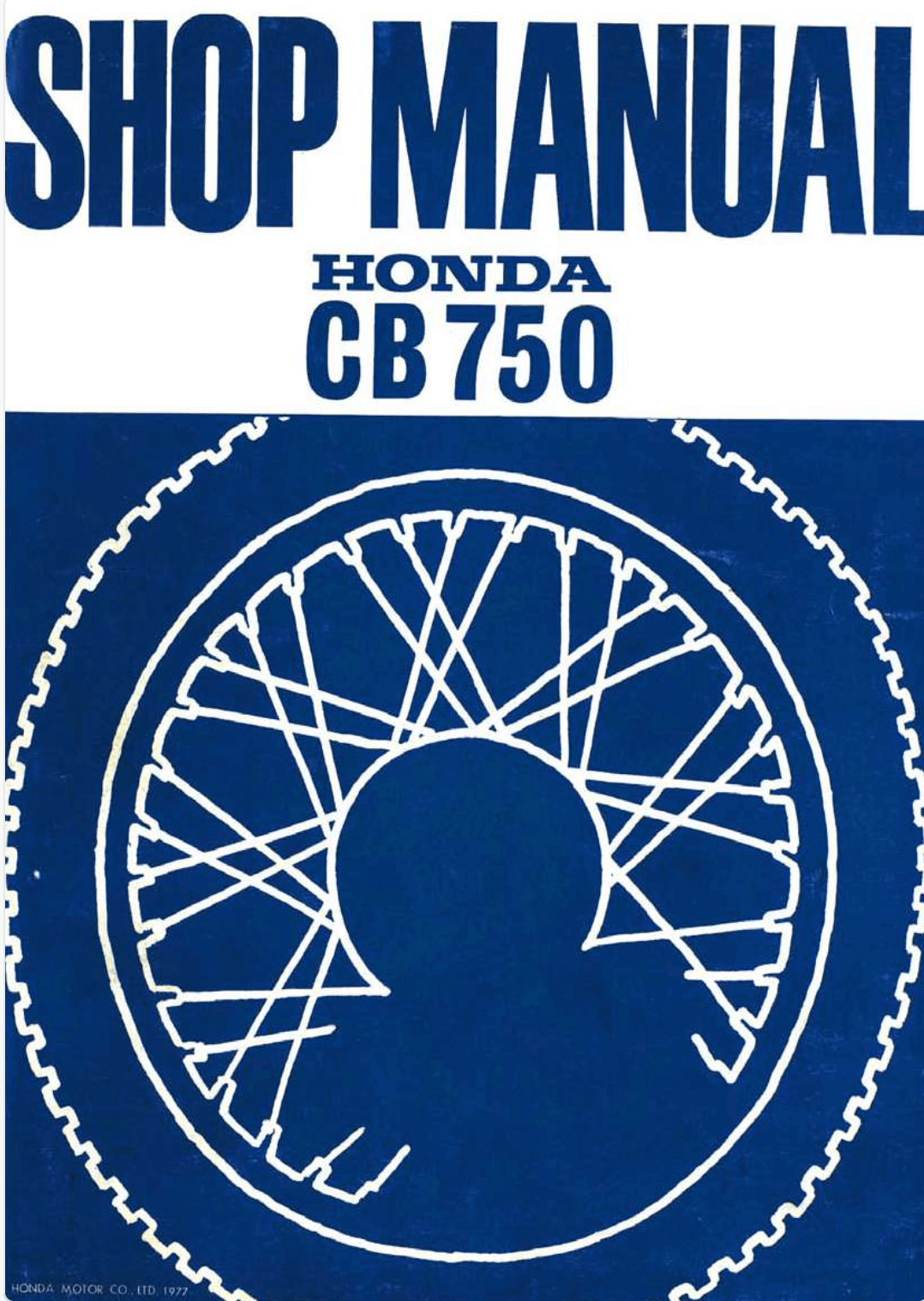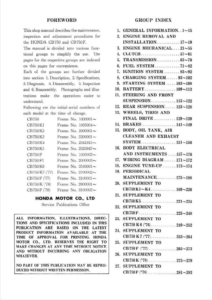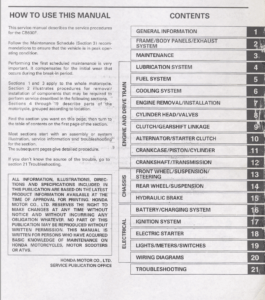Complete PDF version of the Service Manual for the Honda CBF600. A MUST for every CBF600 owner.
Download: Immediately after payment!
OEM Original factory workshop manual.
Models covered by this manual: 2004-2007
Number of pages: 494 pages
Table of contents:
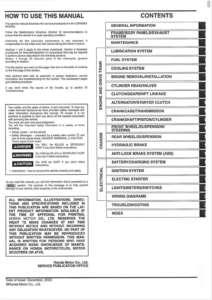
This PDF repair manual can be downloaded right after the payment process in complete, on the device of your choice. You will also receive the download link by email along with your receipt.
We do not offer printed manuals, for the following reasons:
- it is more eco-friendly to use a digital version
- your manual never gets dirty or greasy
- you can always choose to print the specific page(s) you need to work on your bike
- you receive your manual immediately after payment
- it is searchable

Honda CBF600
Honda‘s CBF600 is a middleweight motorbike. The CBF600N is the ‘naked’ variant, while the CBF600S is the half-faired version, with the only alterations being the front fairing and headlight block.
First generation (2004–2007) – code PC38
Because the earlier CB500 middleweight motorbike could not meet European emission requirements, Honda produced a new design based on the current Hornet engine and gave it an appearance aimed to encourage safety and appeal to returning riders, new riders, or women. The EURO2 criteria are satisfied, and ABS is available as an option (factory assembly) on both the naked and half-faired variants. Only the ABS version includes a center stand as standard. The seat is adjustable in three settings, while the windscreen has two adjustments to accommodate the majority of riders’ needs. The gearbox and engine have been tuned for seamless power delivery. The faired variant was available in four colors: black, dolphin grey, pearl red, and metallic blue.
Source: Wikipedia

